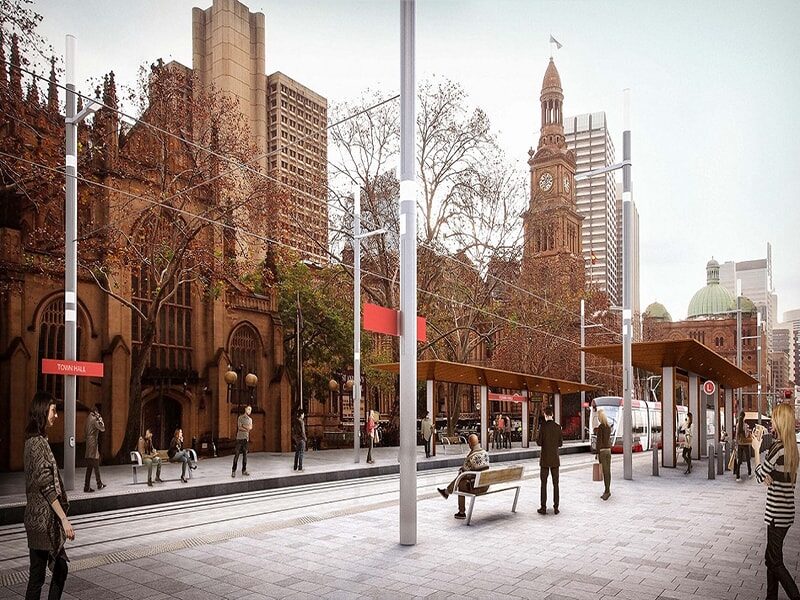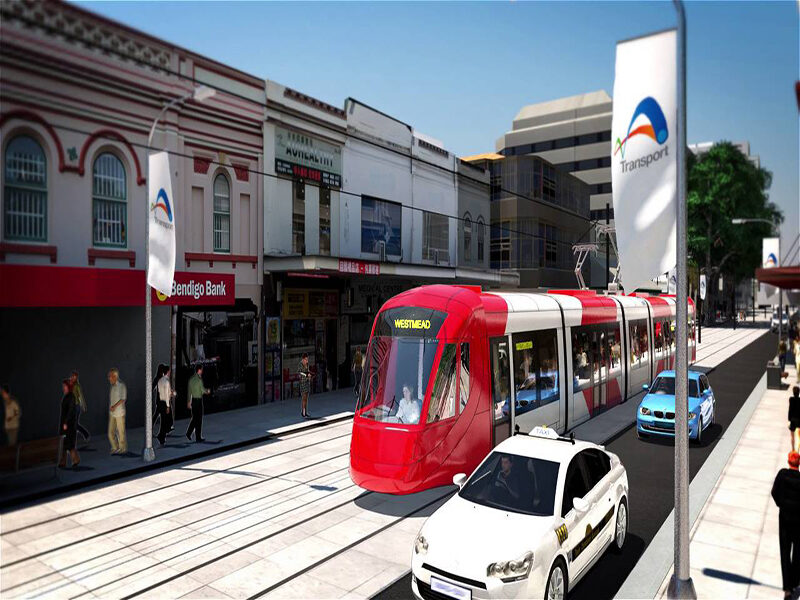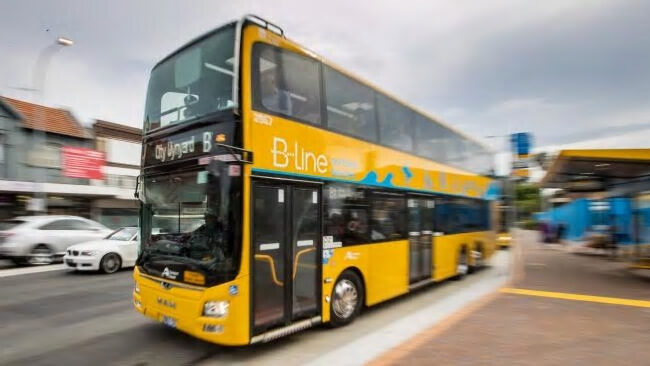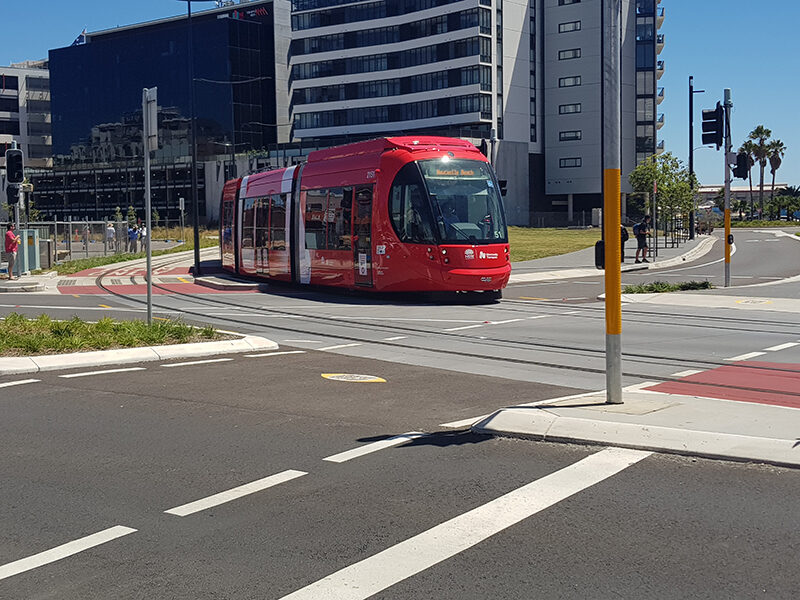Client: Transport for New South Wales
Location: Sydney – City and South-East
Duration: 2018 – current
Project Value: $1.6 billion
Roles: Project Director
Project Website: https://sydneylightrail.transport.nsw.gov.au/
The CBD and South East Light Rail is a new light rail network for Sydney, currently under construction. The 12km route will feature 19 stops, extending from Circular Quay along George Street to Central Station, through Surry Hills to Moore Park, then to Kensington and Kingsford via Anzac Parade and Randwick via Alison Road and High Street.
A combined bus and light rail network will significantly improve public transport access to major sporting and entertainment facilities at Moore Park and Randwick along with the University of NSW, TAFE and health precincts.
Project Director Services
MCE was requested to provide a Project Director resource in June 2018 to transition into the existing project team to deliver the phase from civil completion, into the rail systems delivery phase and operational testing and commissioning.
The Sydney Light Rail project will be a game changer for the city of Sydney, however it has been plagued with a negative profile. Central to the role has been a focus on creating a positive position with internal and external stakeholders to the project.
The Project Director entered the project when the project was approximately four years into delivery, moving from civils completion into systems fitout, just commencing a commercial facilitation process, transitioning into a new internal governance structure and in period of negative media focussed towards the project.
The scope of the assignment was to support TfNSW in driving the project forward, safely, to achieve its objectives of a world class light rail system.

Key Successes and Outcomes
- Cross Concessionaire Relationships – A key focus in the preliminary period of the role was to work on building relationships with the PPP Concessionaire. The PPP comprises ALTRAC (the Operation Company), the Operator of the existing Inner West Light Rail and future City and Southeast Light Rail (Transdev) and the D&C Civil (Acciona) and Systems (Alstom) contractors. An important element of the process was to understand each parties objectives and needs, which in turn would assist in future alignment and resolution of potential future issues that may arise.
- Contractual Alignment – During the initial period, a commercial facilitation process across the parties to the PPP was undertaken with a view to align the parties in regard to existing claims that were on foot. Another key focus of the commercial facilitation was defining the future scope, including a revised date for completion and program pathway to achieve it.
- Governance and Reporting – A refresh of internal and external reporting was undertaken with a view to align a common set of data and documentation. This included a master schedule into which all external and internal project interfaces were embedded, to become the focus document for the project delivery team. In addition, a change in the overall governance was enacted which led to a change management process to be initiated.
- Team Building – On any project that has had a long duration, there is a need to refresh and reset the team’s objectives, especially values and culture. Working with the internal HR business support, a “run to Christmas” program was established and implemented. This program focussed on strengthening the team’s existing behaviours and creating an enduring approach to enable delivery over the last phase of the project.
- Stakeholder management – As the project moves from civil into systems delivery and then the operational phase, there is always a need for more interaction with / input from the client agency. In the case of Sydney Light Rail, the project’s interfaces will extend into the wider Transport for NSW portfolio. These interfaces included communications and media, operational systems, timetabling, wider transportation solutions, service delivery (contracts) and third parties. Establishing the executive and external stakeholder relationships at an early stage were critical to be established to assist in future resolution of issues that may arise.








